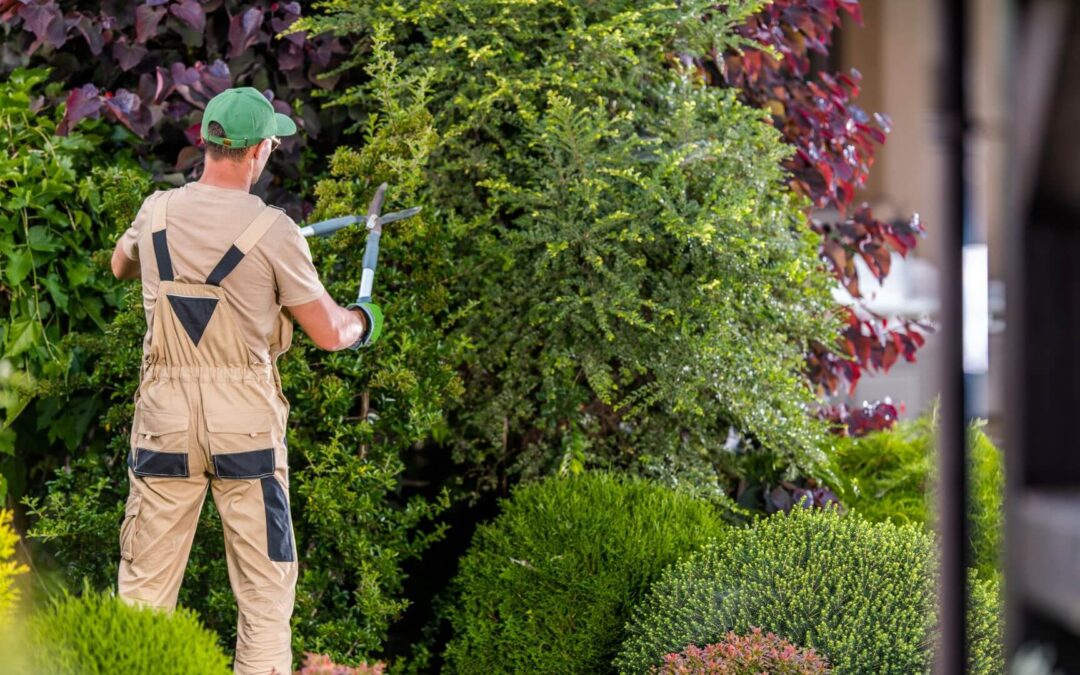Tree pruning is essential to landscaping, tree maintenance, and keeping trees healthy. Pruning helps maintain the tree’s structural integrity, encourage new growth, improve air circulation, increase fruit production, reduce pest infestations, and even increase the aesthetic appeal of a property. Trees should be regularly pruned to keep them healthy and growing well. The frequency at which a tree should be pruned depends on the type of tree and its purpose. Most deciduous trees used in landscaping should be pruned at least once per year; however, some may require more frequent pruning for optimal health. Evergreens need less regular pruning than deciduous trees as they do not shed their leaves annually. Generally speaking, evergreen trees should have light maintenance pruning done every three to five years unless they are trained into a specific shape or form.
Younger trees typically need more frequent pruning to properly shape them and provide adequate space between branches for light penetration and optimal growth. It means that newly planted trees may need to be trimmed twice a year until they reach maturity. Once mature trees should generally only require routine trimming every two or three years; however, more frequent trimming may be needed if there are any visible signs of damage or disease, such as deadwood or dieback in the crown area of the tree, which can indicate insect infestations or fungal issues that require immediate attention. In addition to regularly scheduled pruning, remove any deadwood from the branches as soon as possible before it becomes a hazard or causes additional damage to the tree. It is also essential to monitor trees annually for signs of disease or insect infestations which can cause long-term problems if left untreated. Properly inspecting your trees each year can help you identify potential areas of concern before they become serious issues requiring costly treatments or removal of significant sections of the tree’s canopy.
Overall, while there is no one-size-fits-all answer regarding how often a tree should be pruned, all types of trees must receive regular care and maintenance throughout their life span. Regular inspections will allow you to identify any potential issues before they become serious concerns. At the same time, yearly trimming will help keep your tree’s growth healthy and promote strong structure and form over time, thus increasing its lifespan significantly. Knowing what kind of maintenance each variety requires can help ensure that your precious plants remain healthy over time while also allowing them enough space for natural growth without overdoing it on unnecessary trimming sessions too often either way.

